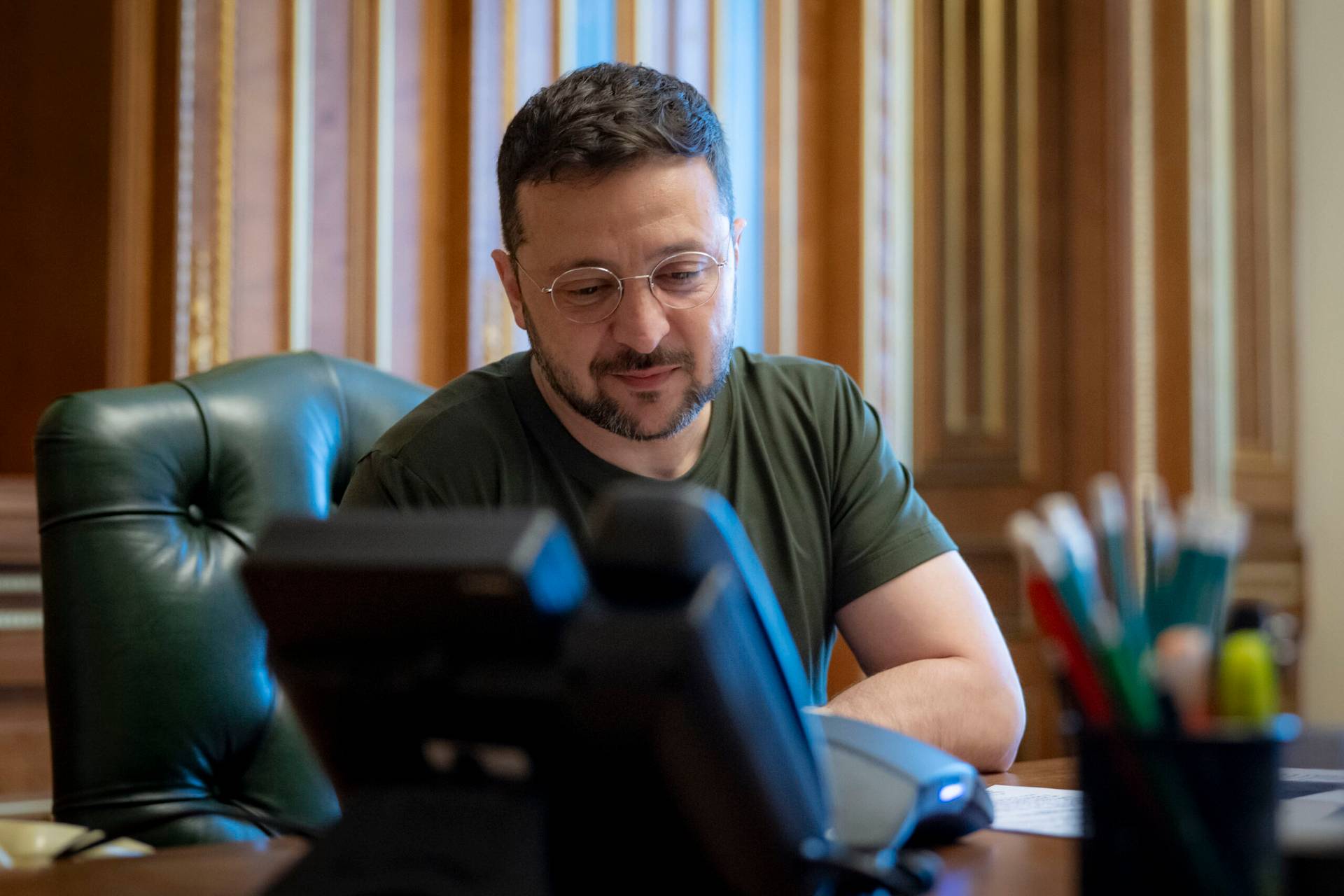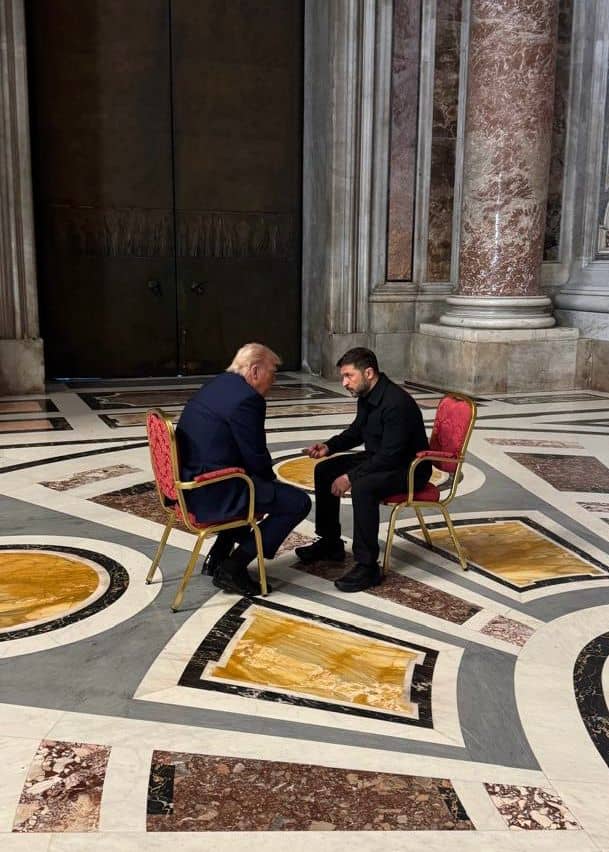ROME – This week the Italian bishops set to work on the initial preparations of their upcoming “synodal journey,” which was explicitly asked for by Pope Francis.
At the close of their spring plenary assembly, the Italian Bishops Conference (CEI) said the coronavirus pandemic is an ideal time to hold their own national synod, assessing not only the challenges the country faces in the current crisis, but the state of the Church.
“For the bishops, it is time to abandon those superstructures known to be stale and repetitive, to recover the sense of verification and the value of planning that requires concrete choices, sometimes breaking with, or, in any case, not in line with the ‘it’s always been done like this’ mentality,” read a March 25 communique issued by the bishops at the close of their assembly.
“Only in this way can we responsibly open ourselves to listening to the change of the era and begin walking together,” they said, adding that from this perspective, the coming synod “is not configured as a pre-established path, but as a process, marked by the rhythm of communion, by leaps, and starts.”
Pope Francis has been pushing for a national synod in Italy since 2015, when he visited Florence for the V Florence Conference, which drew participation from representatives of all every Italian diocese.
At the close of his opening speech, he asked that every parish, community, diocese, and region of Italy hold a synod-like process to reflect on the Gospel, and “to draw from it practical parameters and to launch its dispositions.”
He again hinted at his desire for a national synod in a speech to the Italian bishops in 2019, referring to a “probable synod of the Italian Church,” which was followed by Cardinal Gualtiero Bassetti of Perugia, president of CEI, telling reporters, “the synod could be the start of a path that will take a long time.”
In a January, Pope Francis essentially ordered that a synod be held during a speech to the National Catechetical Office of the CEI, saying that “after five years, the Italian Church must return to the Florence Conference, and it must begin a national synodal process, community by community, diocese by diocese: this process will also be a catechesis.”
“In the Florence Conference, there is the beginning of the path to take in the synod. Now, take it: it is time. Start walking,” he said.
Francis offered a blueprint of what he wants on the synod agenda during his opening speech to the Florence Conference in 2015, underlining the need to have a humble and disinterested approach to the faith and warned against succumbing to the temptations of the heresies of Pelagianism and Gnosticism, which he said are still alive and thriving in the Catholic Church today, having taken on new forms.
Among other things, he urged bishops to be pastors, rather than “preachers of complex doctrines,” and insisted on the importance of the social inclusion of the poor, and the need “to foster social friendship” in Italy.
He urged that dialogue be held on important topics, rather than “negotiations,” saying genuine discussion better serves the common good, and stressed the need to work together as a society.
“The nation is not a museum but a collective work under permanent construction in which the very things that differentiate, including political or religious memberships, are to be placed in common,” he said.
Reciting his oft repeated saying that, “we are not living an epoch of change so much as an epochal change,” Francis said modern times present new challenges, which he said must not be seen as obstacles, but opportunities.
“Thus, go out into the streets and go out to the crossroads: Call all those whom you find, excluding no one. Accompany especially those who are on the roadside. Wherever you may be, build neither walls nor borders but village squares and field hospitals,” he said.
Pope Francis said he prefers “a restless Italian Church” that is close to the abandoned, forgotten, and “imperfect.”
“I would like a glad Church with a mother’s face, that understands, accompanies, caresses,” he said.
Many see this synod is a chance for Pope Francis to implement his agenda in a national Church known for dragging its feet.
For example, in that same speech to the CEI in 2019, Francis voiced frustration over the fact that an expedited and simplified process for annulments he rolled out in 2015 still has not been implemented in most Italian dioceses.
Also, when he issued new legislation in May 2019 requiring dioceses to create reporting mechanisms to lodge complaints against bishops for their handling of abuse allegations, Maltese Archbishop Charles Scicluna, one of the pope’s closest allies, openly urged Italian laity to complain if their diocese was too slow in implementing the new law.
Some observers have argued that a synod would also be a show of papal support, as Francis still has plenty of critics among conservative Italian circles, and it could provide an opportunity to address the political role of Catholics in Italy, millions of whom routinely vote for politicians with strong anti-immigrant and nationalistic positions at odds with Pope Francis’s agenda.
If his 2015 speech is anything to go by, one aim of this synod will be to give Italian Catholics of all ranks and backgrounds an education on solidarity, fraternity, and care of the poor and marginalized, including migrants.
In their March 25 communique, the Italian bishops said the challenge posed by their national synod is one of “missionary conversion,” of both pastoral care and communities.
The synod, they said, “must be configured as a style capable of transforming the face of the church in Italy.”
“The shared dream is that every community can acquire a synodal style. In this context, it is necessary to fight every self-referentiality and individualism, not being afraid to question oneself and to make lay people protagonists” they said.
All of the practical details of the synod, its methodology and implementation, will be discussed during the bishops’ next general assembly.
Follow Elise Ann Allen on Twitter: @eliseannallen


















